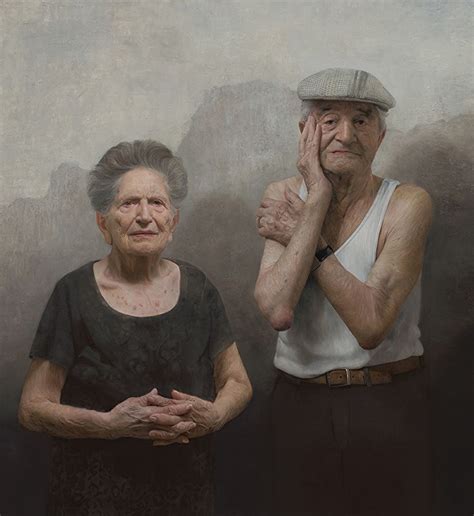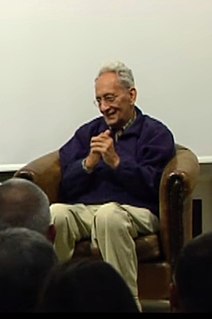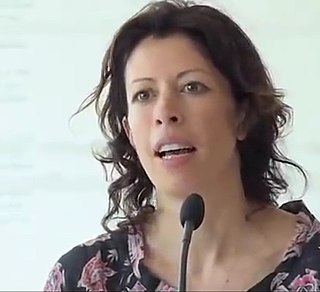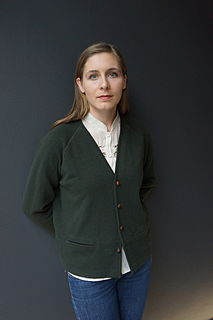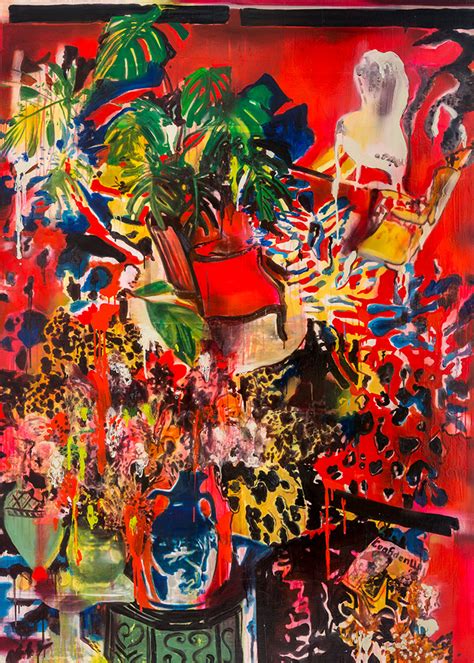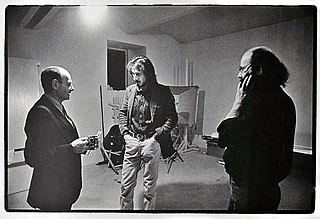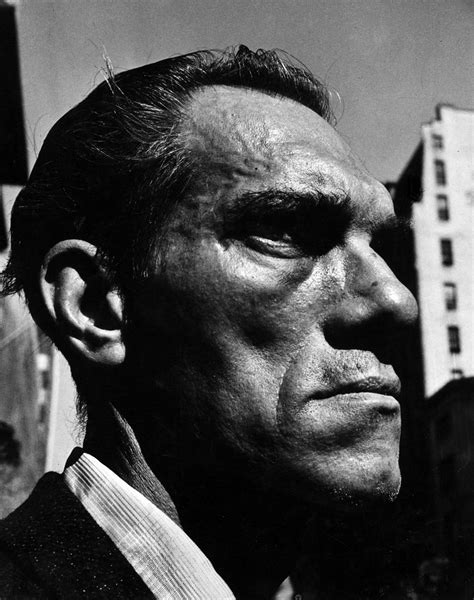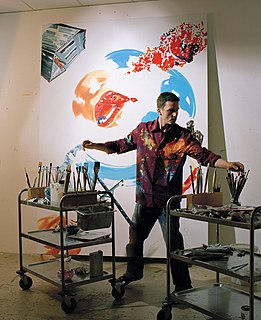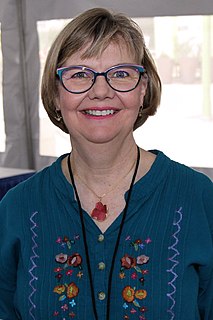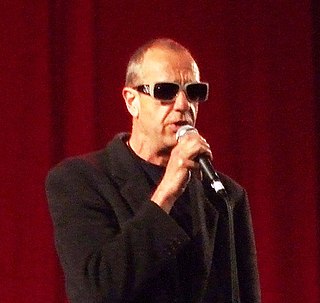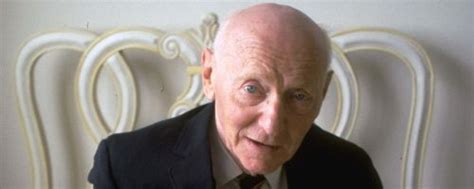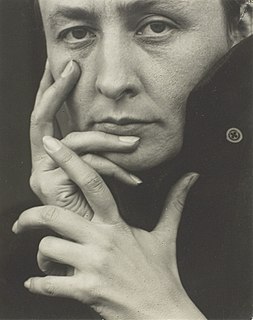A Quote by Robert Genn
Flat, uninteresting parts of paintings are, in fact, a ruse to get the viewer to see what needs to be seen.
Related Quotes
I want my paintings to give the viewer a true sense of reality - that includes but is not limited to depth, scale and a tactile surface as well as the real sense of what the subject looks like and is feeling at the time that I painted them. There should be a discourse between the viewer and the subject, to feel as though they are in a way connected. My goal is not to set a narrative but rather to have the viewer bring their own experiences to the painting and the subject as they would if they had seen the subject on the street in real life.
The paintings are not just on flat walls - you have these enormous niches, bulges and protrusions, as well as stalactites and stalagmites. The effect of the three-dimensionality is phenomenal. It's a real drama which the artists of the time understood, and they used it for the drama of their paintings.
The paintings that laughed at him merrily from the walls were like nothing he had ever seen or dreamed of. Gone were the flat, thin surfaces. Gone was the sentimental sobriety. Gone was the brown gravy in which Europe had been bathing its pictures for centuries. Here were pictures riotously mad with the sun. With light and air and throbbing vivacity. Paintings of ballet girls backstage, done in primitive reds, greens, and blues thrown next to each other irreverantly. He looked at the signature. Degas.

